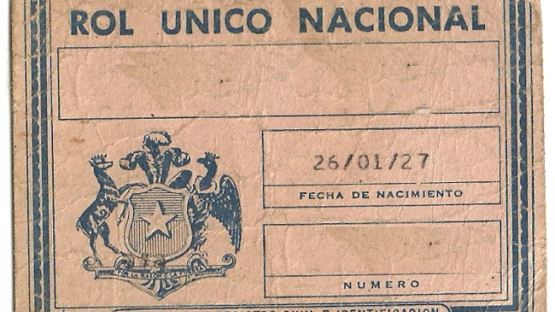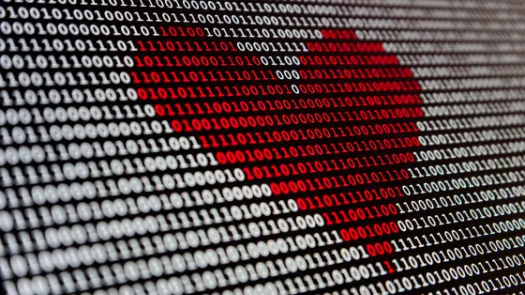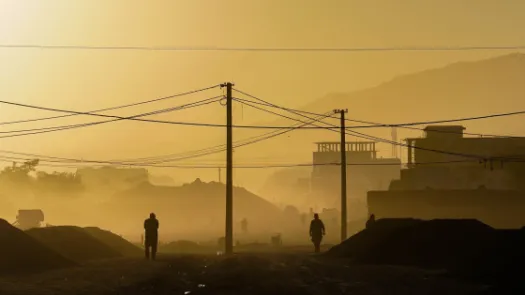Exclusion and identity: life without ID

Photo credit: Francisco Javier Argel
Questions of identification and ID, with their associated privacy risks, are only increasing. There are multiple dimensions to understanding the impact of ID and identification; a key one is to understand how it can exclude. This is why Privacy International is conducting research to explore this important and underreported aspect.
Read our case studies: Carolina and Iliana.
In the identity discourse, identity is often closely linked to themes of “inclusion”. For example, the World Bank gives one of the purported goals of ID systems as “Inclusion and access to essential services such as health care and education, electoral rights, financial services, and social safety net programs”.
But the importance placed on ‘inclusion’ means that the concept needs to be interrogated. Does ID genuinely lead to further inclusion, and become a genuine reason for people to be able to exercise their rights? Does it really serve to enable the access that proponents claim?
The challenge is, these claims about identity are based on assumptions about both the nature of identity, and crucially, what can be achieved with the implementation of identity systems. When it comes to understanding inclusion and exclusion, at the centre of this is a myth: that an identity system can be universal.
State-led identification schemes usually have some kind of claim to universality, and that they will cover the entire population (which could be the population of citizens, or that of residents). This idea that identity can be universally implemented is not reflected in the reality of identity systems. We see a myriad of ways in which people either cannot access ID, or use the ID that they have.
So, if we reject the idea that any identification system will be universal, either in its registration or use, then we have to begin to question the concept of identity being inclusive. Rather, it risks becoming something different: a way of placing artificial barriers in the way of people accessing their rights.
In certain contexts, the issue is that some people are compelled to have ID cards, whereas other – often more privileged – members of society are not. This can be ID that is specific to a particular group: for example, in the UK, non-EU residents are required to have a Biometric Residence Permit. Or it can be that the circumstances mean that a particular scheme, even if voluntary for other members of society, is effectively mandatory for a particular group, for example, in situations where an ID card is required to claim state benefits. This makes these particular groups more at risk of being tracked or profiled.
Identity and exclusion
Identity documents and cards can be sources of exclusion in different ways. Hurdles to access and use ID can occur at different stages of the process, from enrolment and registration through to authentication and verification. It can range from people not having an ID card at all, to issues with using the ID.
Some of these problems are the result of direct government policy or action. One way of doing this is a situation where a particular group has a different identity document from others. A number of countries make use of identity documents for non-citizens that are in some way different from that of citizens: for example, being a different colour, marked with a word like foreigner or having an identity number that is in a different range. In some cases, this can be a powerful way of denying citizenship to some groups.
Take the case of the Rohingya in Myanmar. The government attempted to force Rohingya to be issued with identity documents that did not mention their religion or ethnicity (Myanmar citizenship being ethnically-based), a step that the Rohingya feared was a prelude to denying them citizenship. In Kenya in 1989, people of Somali descent – often excluded, and whose citizenship is questioned – were issued with a pink identity document with the express goal of making them more identifiable to the security services. They also face additional hurdles to being recognised as Kenyan citizens.
But there are other hurdles that exist when it comes to ID – bureaucratic issues, for instance, can make it hard to get ID or to use it. It is important to remember that even technical or bureaucratic failings reflect other aspects of exclusion in society. Let us consider the Aadhaar biometric system in India. There were reports of people starving to death because their fingerprints were not recognised when they were claiming the food rations to which they were entitled. This is because the elderly and manual workers like farmers have fingerprints that fade over time. Thus, the biometric failings reflect the exclusion of these groups in society.
Another group of people who can have difficulty with identification documents is trans people. When an individual’s name and gender does not match what is printed on their legal identity documents, it can make those documents unusable. And so it becomes increasingly hard for them to live their everyday lives.
A mounting crisis
Not having an ID – or having one that is unusable – can make life very difficult. Accessing financial services, government services and benefits can become hard or impossible. The challenge is that we are seeing more and more things that require ID to use. Education, health, getting a bank account – these are some other things that increasingly need ID to access. Thus, not having an ID can – in some countries – form a massive barrier for individuals.
An example of this is in Chile, the subject of several case studies published by Privacy International. The Chilean ID system has its origins in the 1930s. A 9-digit number is issued as part of the birth registration process – the RUN (Rol Único Nacional – Unique National Number. This is the number that is featured on Chilean ID cards. However, this is more commonly known as the “RUT” (Rol Único Tributario – Unique Tax Number) – a Chilean individual’s RUT is identical to their RUN.
It is the RUT that has become ubiquitous in Chile, the idea that this is to be given during transactions. Having a RUT number is necessary for activities from opening a bank account to getting health insurance. It’s also necessary for the signing of most legal contracts, including employment, housing, and marriage.
RUT is also widely used in the private sector. It is still demanded by companies even when it is not a legal requirement. For example, it is usual for shoppers at supermarkets to be asked for their RUT number at checkout. Supermarket loyalty card schemes are linked to the RUT. Shockingly, so too are the loyalty schemes at pharmacies. Thus, the shopping and health data of millions of Chileans is all linked back to the individual. One of Privacy International’s partners in Chile, Datos Protegidos, has been conducting a campaign on this issue.
The impact and potential for data exploitation of the RUT in the private sector are huge. The “invisible manipulation” that this can bring is massive. But there is another aspect to this: the use of the RUT in the private sector is also part of its normalisation in Chilean society It is both a product and a cause of the ubiquity of the RUT in Chilean society.
Thus, the social aspect of having an ID with the spread and reach of the Chilean system becomes important: it means that the card or ID number is asked for in more and more situations, from websites through to the doorperson at an apartment building. There are even software suites available for the electronic reading and verification of IDs when entering a building.
The issue with this scope of ID provision becomes clear with the people who lack a RUT, and the resulting problems they face. As our case studies illustrate, the challenge of not having an ID is immense: the lack of access to essential services, plus the constant reminder of one’s status as ‘lesser’.
One of the key factors here is immigration. The region faces an unprecedented challenge; including the at least 2.3 million Venezuelans who have emigrated since 2014. This has put pressure on the migration systems of many countries in Latin America, including Chile. There are reports that things like getting ID cards are taking a lot longer. Challenges like this can affect the ID system – for example, by overburdening the immigration bureaucracy, preventing people from getting the documentation to which they are entitled. In Chile, this – combined with the ubiquity of the RUT – places immigrants in a devastating position.
Conclusion
We must question ID requirements if we are to build an inclusive world that does not deny anyone their entitlements. They can be denied access to government services, bank accounts, and more. Any ID has to come with the realisation that having such a requirement will exclude.
If we want inclusion, the best option is to not require ID at all. In other situations, it may be that the best option is to broaden the requirements to multiple sources of identity, rather than just linking it to a singular system.
Identity systems create their own reality, one in which identification is required. A consequence of this is the exclusion of people who either don’t have or can’t use their ID. Essentially, it creates an environment that is hostile to these groups.



